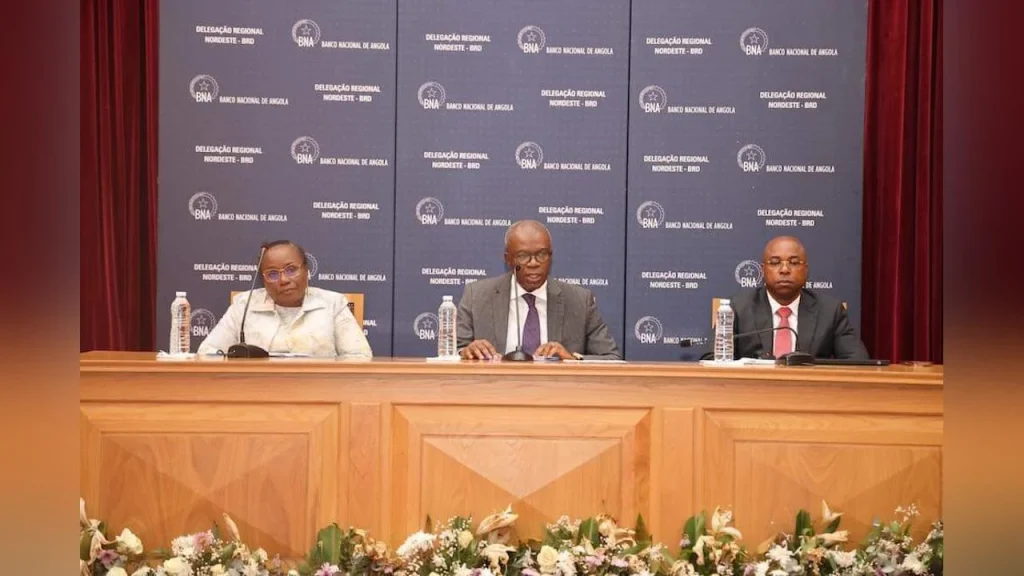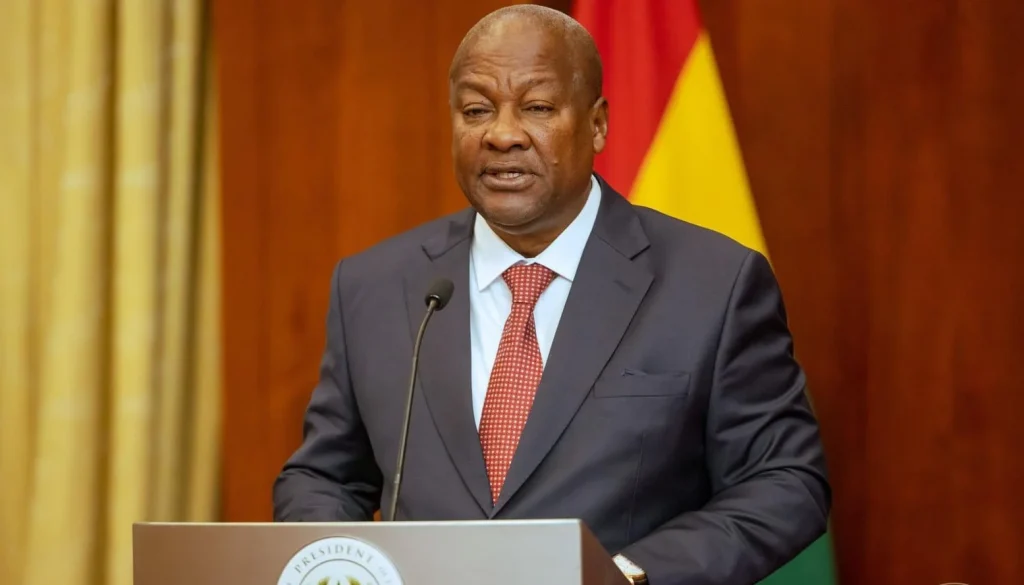Angola’s central bank opted to keep its main interest rate steady at 19.5% on Wednesday, May 21, 2025.
This marks the sixth consecutive meeting without a change, as it navigates global economic uncertainty and a gradual decline in domestic inflation.
The decision, announced by the Bank of Angola, reflects a cautious approach to monetary policy amid challenging external conditions and a push toward an inflation-targeting framework.
Steady Rates Amid Declining Inflation
The Bank of Angola has maintained its key lending rate unchanged since May 2024, aiming to curb inflation, which stood at over 22% annually in April 2025.
Governor Manuel Tiago Dias expressed optimism about the downward trend, stating at a press conference, “When we look at inflation up to April, we see that there has been a fairly substantial year-on-year reduction,Our projections for May and June indicate that we will probably see a (continued) downwards trend.”.
Angola’s tight monetary policy has been instrumental in slowing inflation, but global uncertainties, including lower oil prices and tighter external financing, have prompted the bank to hold rates steady.
Inflation-Targeting Ambitions
The central bank is working toward adopting an inflation-targeting framework, which would involve setting a specific inflation target to guide monetary policy decisions.
This transition aims to enhance policy predictability and economic stability, aligning Angola with global best practices.
Governor Dias further emphasized that the current rate stance supports this long-term goal while addressing immediate inflationary pressures.
Economic Challenges and IMF Outlook
The decision comes against a backdrop of economic challenges, as highlighted by the International Monetary Fund (IMF).
Last week, the IMF revised Angola’s 2025 growth forecast downward to 2.4% from 3%, citing declining oil prices—critical for Angola’s economy—and tightening global financing conditions.
As an oil-dependent nation, Angola faces risks from volatile commodity markets, which could impact government revenues and economic growth.
Despite these headwinds, the central bank remains focused on balancing inflation control with economic stability.
The steady rate policy underscores a cautious optimism, with projections of continued inflation moderation providing some relief.
Looking Ahead
As Angola prepares for its inflation-targeting transition, the Central Bank’s focus on maintaining high interest rates signals a commitment to long-term economic resilience.
However, the IMF’s lowered growth outlook and global uncertainties may test this strategy.























